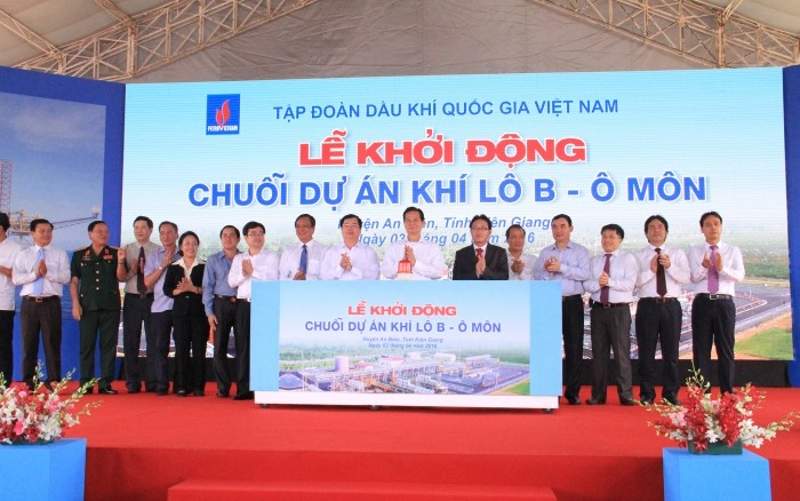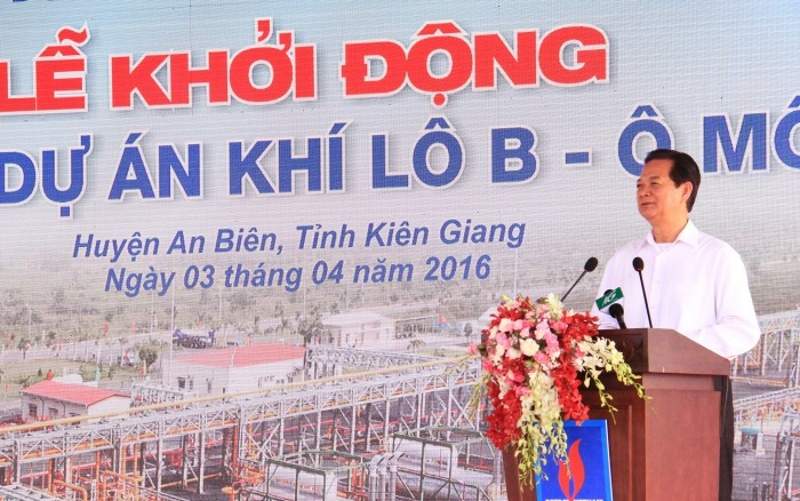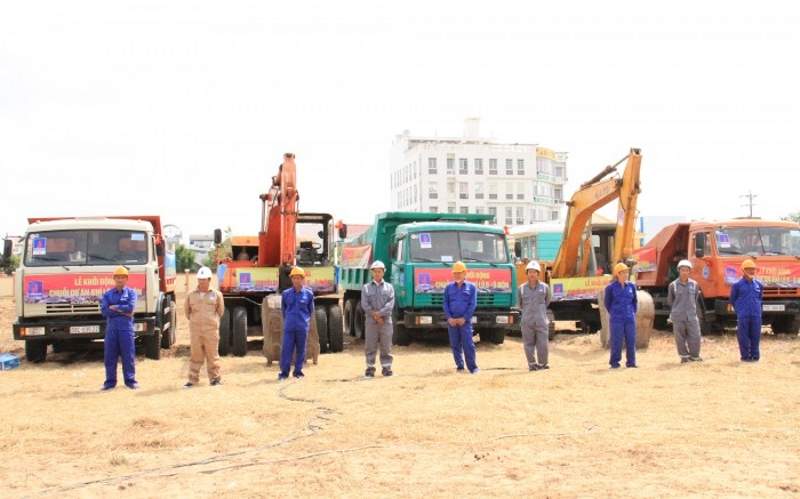Block B-O Mon gas project is located in Malay-Tho Chu basin, Southwest Vietnam, and comprises the development of a gas field and pipeline. The project was announced on 3 April 2016 and first production is expected in the second quarter of 2020.
The project is planned to initiate gas production from Blocks B and 48/95 and Block 52/97 and to transfer it to the western part of the region to enhance the power capacity in excess of 4,000MW. Block B field development is estimated to account for $6.8bn of the approximately $10bn project.
Vietnam Oil and Gas Group (Petrovietnam) acquired the complete ownership of the Block B, Block 48/95 and Block 52/97 projects from Chevron in June 2015 and became the operator after the two companies failed to reach a consensus on gas prices.
Discovery and reserves
Blocks B, 48/95 and 52/97 lie offshore Vietnam in water depths ranging from 60m to 80m. The blocks cover an area of 3,200km² in the Malay-Tho Chu basin, southwest of Vietnam. Exploration in the blocks has been ongoing since 1996, with a number of important discoveries being declared commercial in 2002.
Plans were made to jointly develop the prospects with Chevron, but disagreement over the gas prices led to delay in the development of the area.
Initial estimates declared in-place gross gas at approximately 6tcf (170bcm) and condensates at 4mcm, while recoverable gas reserves (2P categories) were at 3.78tcf (107bcm) and condensates at 2mcm. The reserves are expected to increase with additional development in the area.
Project details
The project comprises Block B field development including the gas fields in block B, blocks 48/95 and 52/97 and a block B – O Mon gas pipeline.
The $6.8bn field development will be financed and operated by PetroVietnam (42.896%) in partnership with PVEP (26.788%), Mitsui Oil Exploration Co. Ltd. (22.575%) and PTTEP (7.741%).
The Block B field development will include one central technology platform, 46 operations platforms, a housing platform, one condensate vessel and drilling of 750 production wells. The development is planned to produce and transport gas from the three fields to the power plants located in Kien Giang and O Mon regions.
A tender barge and one jack-up rig are required to perform the drilling operation, with the first well scheduled to be drilled in 2017. It is estimated that approximately 5.06bcm of gas per year will be transported onshore from the total estimated reserves of 3.78bcf (107bcm) for a period of 20 years starting in 2020.
Block B – O Mon gas pipeline details
The Block B – O Mon gas pipeline is estimated to require an investment of $1.2bn with PVN, PVGas, Mitsui Oil Exploration Co. Ltd. and PTTEP forming a joint collaboration for the pipeline development.
The 431km-long pipeline will have a capacity of 20.3mcm, with the offshore segment being 295km-long and having a diameter of 28in. The offshore pipeline will supply gas to a landfall station in An Minh / Kien Giang province from the Block B, while the 102km-long onshore pipeline with a 30in diameter will supply gas to power plants at Kien Giang and O Mon Power Centres in Can Tho province.
A branch pipeline with an 18in diameter will also connect to a landfall station at Mui Tram, supplementing gas for the PM3 – Ca Mau pipeline. The pipeline project will also include line shutoff valve stations, Kien Giang gas distribution station (GDS) and O Mon gas distribution centre (GDC) along the pipelines.
Project benefits
The project is expected to assist Vietnam in achieving its objectives under the ‘Strategy for development of Vietnam oil and gas industry until 2025 and orientation to 2035’. It will also contribute to the country’s energy security by supplying gas to power plants and establishing a large gas infrastructure.
The project will also have a positive impact on the region’s environment by encouraging power generation through clean gas in comparison to coal-driven power generation.
Economic development and growth are also expected to occur in the region owing to the large-scale gas development project. An estimated $19.23bn will be added to the state budget during the project’s 20-year lifetime. The project will also contribute to the revenue during its construction through a VND400bn ($15.78m) import tax.






